Discover how to choose the perfect Panama hat for your face shape and size. A practical guide with tips for a...
Search in blog
Blog categories
Latest posts
-
 Panama Hats: How to know your exact size and choose a stylish hat?Read more
Panama Hats: How to know your exact size and choose a stylish hat?Read more -
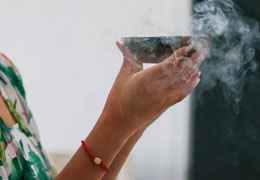 How to Protect Your Energy in Times of Crisis and Worry02/12/20251720 views 1 LikedRead more
How to Protect Your Energy in Times of Crisis and Worry02/12/20251720 views 1 LikedRead moreDiscover how Palo Santo can help you protect your energy in times of crisis. Ritualize your well-being, reduce...
-
 Green Friday: A Friday for Conscious and Sustainable Shopping11/21/20243127 views 8 LikedRead more
Green Friday: A Friday for Conscious and Sustainable Shopping11/21/20243127 views 8 LikedRead moreBlack Friday is known for encouraging impulsive buying and contributing to a "use-and-throw-away" culture, leading to...
-
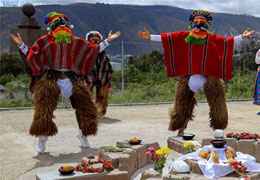 Day of the Dead in Ecuador: Traditions, Customs and the Magic of Palo Santo10/23/20244343 views 1 LikedRead more
Day of the Dead in Ecuador: Traditions, Customs and the Magic of Palo Santo10/23/20244343 views 1 LikedRead moreDay of the Dead in Ecuador: Traditions, Customs and the Magic of Palo Santo
-
 The Importance of Palo Santo in my Relaxation and Energy Balance to Attract Well-being and Prosperity10/07/20242832 views 5 LikedRead more
The Importance of Palo Santo in my Relaxation and Energy Balance to Attract Well-being and Prosperity10/07/20242832 views 5 LikedRead moreHave you ever felt that your energy is blocked, as if something were preventing well-being from flowing in your life?...
Photo gallery
-

Is Palo Santo really endangered?
-
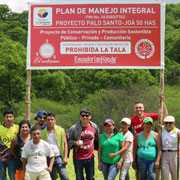
Is Palo Santo really endangered?
-
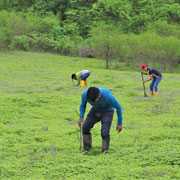
Is Palo Santo really endangered?
-

Investigations concerning the PaloSanto tree.
-
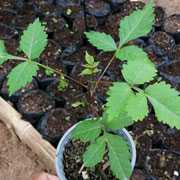
Nursery
-

It's reforestation time! Palo santo
Popular posts
-
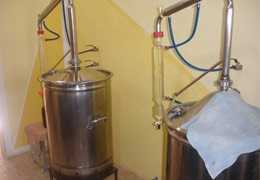 Palo Santo Essential Oil, Bursera Graveolens - Uses and Benefits02/01/2017Posted in: How To?97094 views 6 comments 177 LikedPalo Santo, Ecuador's sacred wood! Originating from our dry forest of Ecuador, this tree belongs to the Burseraceae...Read more
Palo Santo Essential Oil, Bursera Graveolens - Uses and Benefits02/01/2017Posted in: How To?97094 views 6 comments 177 LikedPalo Santo, Ecuador's sacred wood! Originating from our dry forest of Ecuador, this tree belongs to the Burseraceae...Read more -
 Palo Santo: A Natural Way to Cleanse Your House and Promote Well-Being and Positive Energy09/29/202384398 views 2 comments 197 LikedMany people clean and purify their home at least once a month. Many people enter our home, and each person with a...Read more
Palo Santo: A Natural Way to Cleanse Your House and Promote Well-Being and Positive Energy09/29/202384398 views 2 comments 197 LikedMany people clean and purify their home at least once a month. Many people enter our home, and each person with a...Read more -
 From Nature to Art: What is the tagua nut or vegetable ivory?82582 views 6 comments 223 LikedThe Tagua is a unique plant that comes from the tropical and humid mountains of Ecuador, grows wild in forests called...Read more
From Nature to Art: What is the tagua nut or vegetable ivory?82582 views 6 comments 223 LikedThe Tagua is a unique plant that comes from the tropical and humid mountains of Ecuador, grows wild in forests called...Read more -
 Straw hat: Classic Havana, your best choice61130 views 5 LikedHello friends how are you?, You know in this blog I have written a lot about straw hats toquilla, which is currently...Read more
Straw hat: Classic Havana, your best choice61130 views 5 LikedHello friends how are you?, You know in this blog I have written a lot about straw hats toquilla, which is currently...Read more -
 True History of Montecristi Hat (Panama Hat)60305 views 9 LikedThe fame and the use of this hat was wrongly and undeservedly extended with the name of “Panama Hat", without...Read more
True History of Montecristi Hat (Panama Hat)60305 views 9 LikedThe fame and the use of this hat was wrongly and undeservedly extended with the name of “Panama Hat", without...Read more


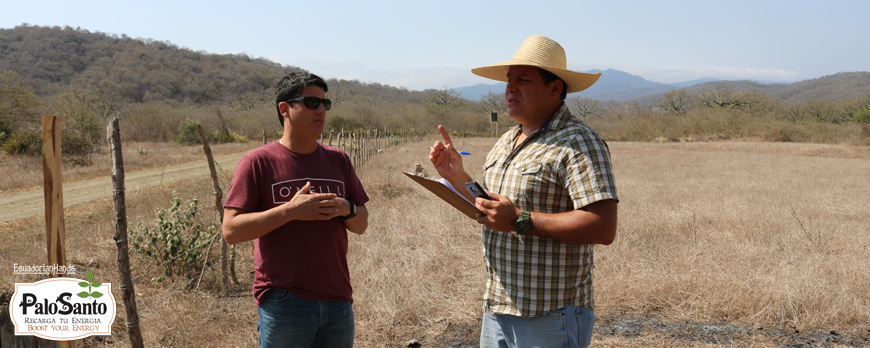




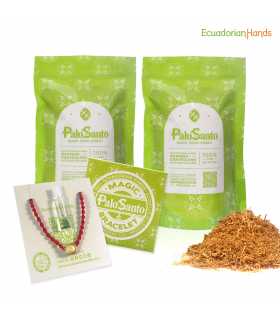

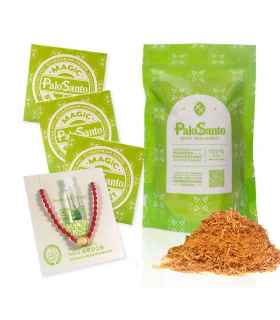
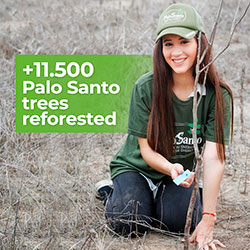
Leave a comment